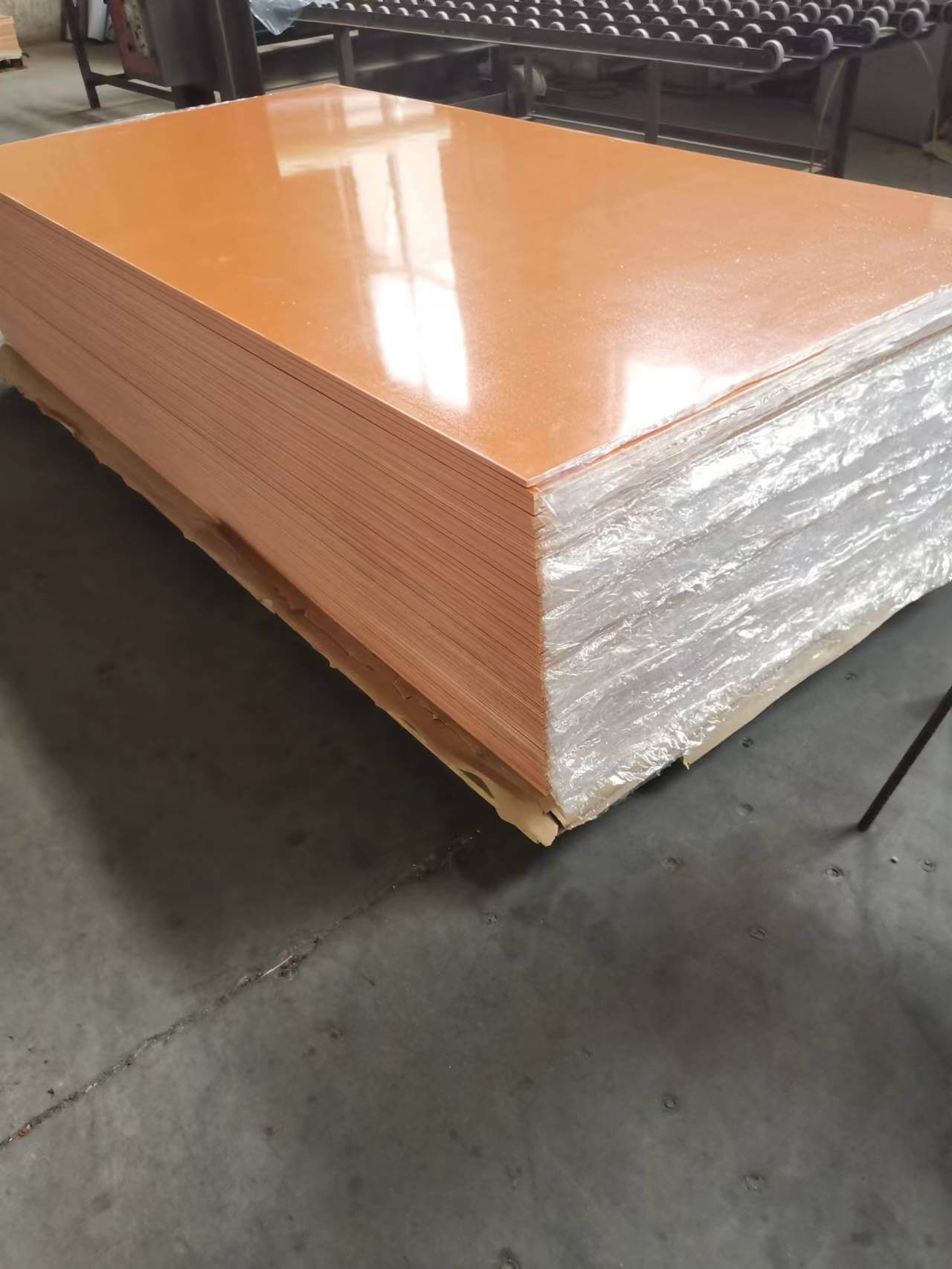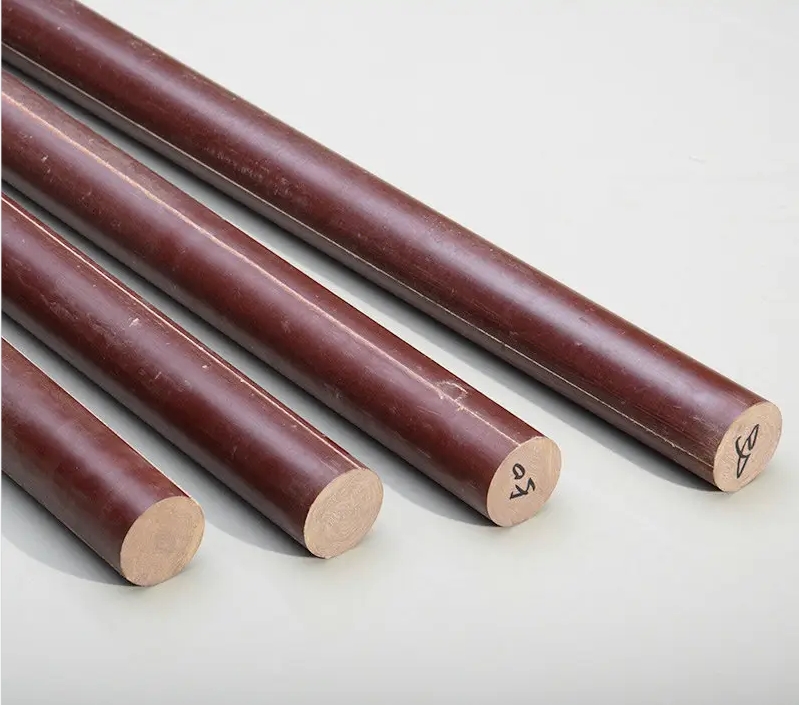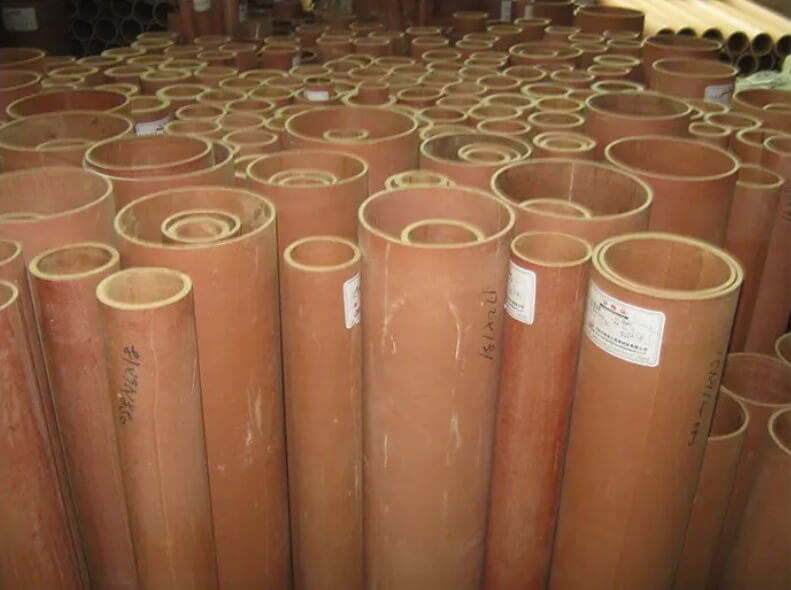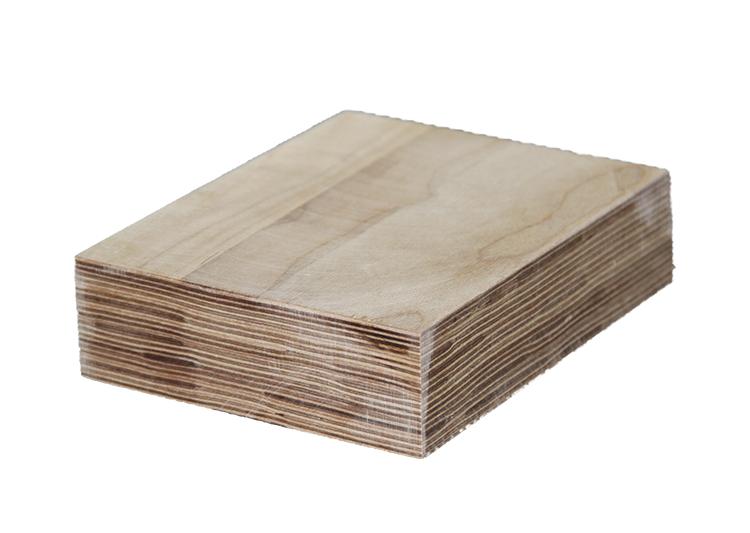What is the difference between bakelite board, bakelite rod and bakelite tube?Where is mainly used today?
2023-12-19 17:37 | By: ZTELEC-www.ztelecgroup.com | 91click
Bakelite board, Bakelite rod, and Bakelite tube are different forms of Bakelite, a type of thermosetting plastic that was one of the first synthetic plastics to be produced.
1.Here are the key differences between them:
Bakelite Board:
Form: Bakelite board is a flat, rigid sheet or panel.
Common Uses: It is often used in applications where a rigid and insulating material is needed. It can be cut, machined, or drilled to create various components.

Bakelite Rod:
Form: Bakelite rod is a cylindrical or rod-shaped piece of Bakelite.
Common Uses: Bakelite rods are commonly used in electrical and mechanical applications where insulation and rigidity are required. They can be machined or turned to create specific components.

Bakelite Tube:
Form: Bakelite tube is a cylindrical or tube-shaped piece of Bakelite with a hollow interior.
Common Uses: Similar to Bakelite rods, tubes find applications in electrical and mechanical fields. They are often used for insulating purposes in electrical components and can also be machined to create custom parts.

2.Where is Bakelite mainly used today?
Today, most, if not all, of the decorative uses of gumwood have been discontinued, and products made from this material are increasingly becoming valuable antiques and collectibles. However, there are still several companies that manufacture Bakelite products for applications that require resistance to heat, electricity and chemicals. Some of these applications include
- Electrical components such as switchboards, faceplates and light bulb sockets.
- Automotive distributor caps and insulators
- Toys and game components for board games
- As a protective layer for mechanical appliances
- In many electrical engineering applications
In summary, the primary difference lies in their shapes and forms. Bakelite boards are flat sheets, Bakelite rods are cylindrical, and Bakelite tubes are cylindrical with a hollow interior. The choice of form depends on the specific requirements of the application, such as the need for insulation, rigidity, or the ability to be machined into particular shapes. All three forms share Bakelite's characteristics of high heat resistance, electrical insulation properties, and durability.
tags:Lightning ProtectionOverload ProtectionShort Circuit Protectiontransformer safety10kV oil-immersed transformer
- more+releated article
- 2025-10-21Application of K Factor Transformer
- 2025-10-21Detailed explanation about transformer model w
- 2025-10-2010kV Oil-Immersed Transformer Safety: Lightnin
- 2025-10-20What are The Advantages of Phenolic Cotton Clo
- 2025-10-17Are Three-Phase Isolation Dry-Type Transformer
- 2025-10-17G10 Epoxy Sheet: Choosing the Right Specificat
- 2025-10-1610kV Oil-Immersed Transformer Operation Inspec
- 2025-10-163240-B Epoxy Phenolic Glass Fiber Cloth Lamina
- 2025-10-15G10 Epoxy Sheet: The Preferred Insulation Mate
- 2025-10-15Analysis of Energy-Saving and Noise Control Te





